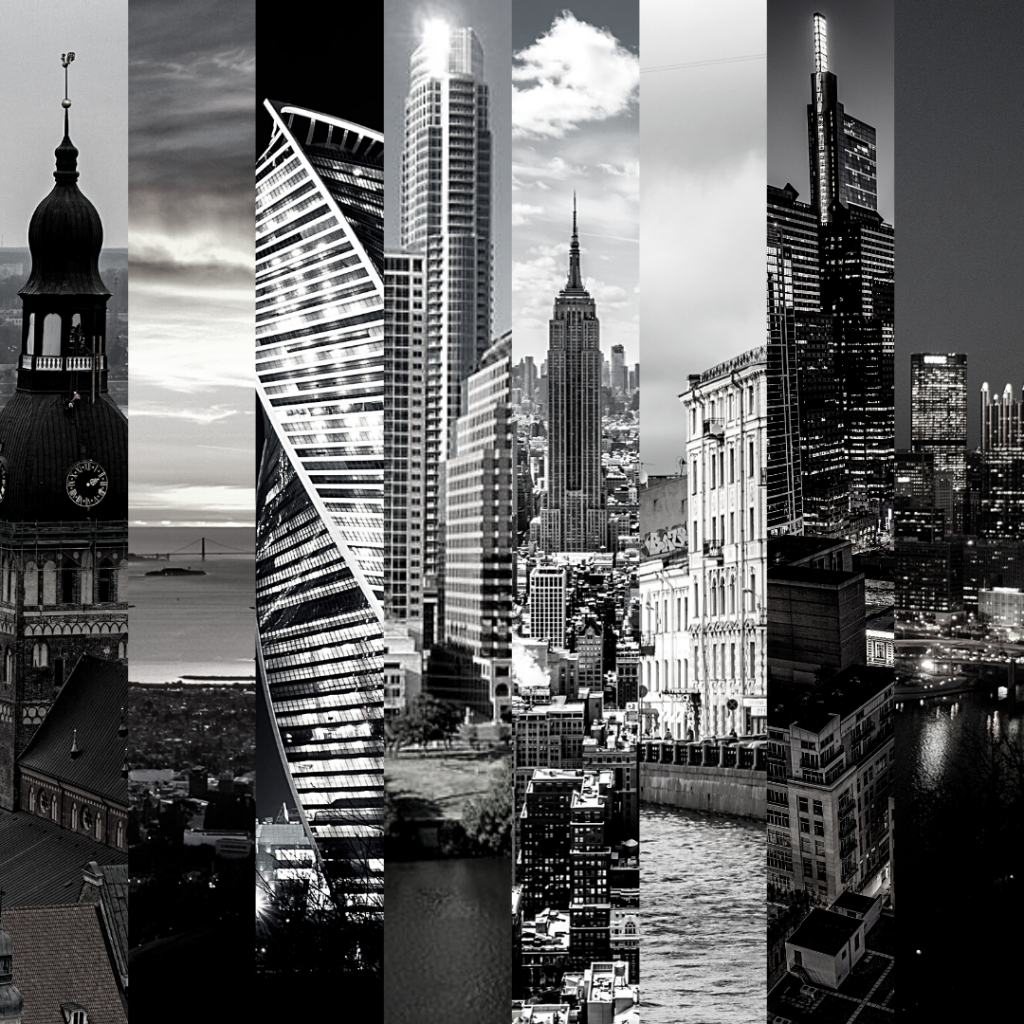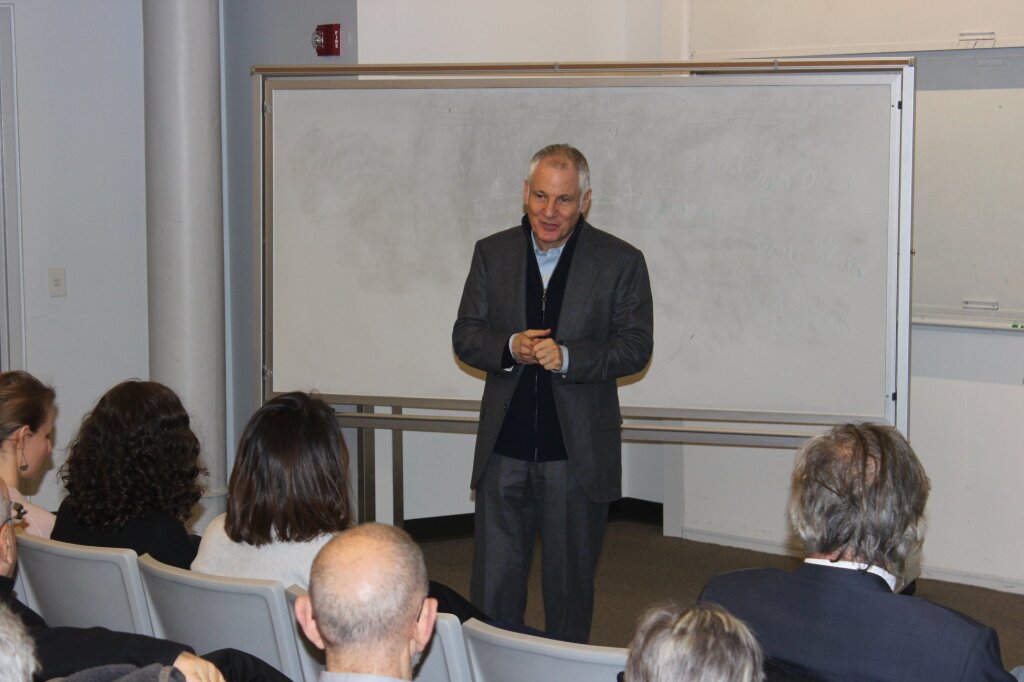Javadbay Khalilzade is a PhD candidate and instructor in the Department of Political Science at Kent State University, specializing in authoritarian politics, state violence, interstate conflict analysis, and the politics of Azerbaijan, Russia, Turkey, and the post-Soviet Caucasus. His work has appeared in Religion, State, and Societyand The Journal of Asian Security and International Affairs.
The evolution of state-religion relations in Azerbaijan is contested. According to the Constitution of the Republic, religion is separated from the state regardless of belief, and the state guarantees the equality of all individuals. However, in recent years, the state started to control and design the religious environment. In this brief analysis, I survey why the state started to design a religious public environment and how it does so.
Despite being a Muslim-majority country, Azerbaijan has never been a stronghold of Islam. Historically, it was a frontier of religious competition among Zoroastrianism, Christianity, and Islam. Historical developments and imperial rivalries in the South Caucasus have shaped the country's religious demography. After Arab conquests in the early Middle Ages, the most significant transformation occurred during Safavid rule in the sixteenth century, when the region was forcibly converted to Shia Islam. As a result, Azerbaijan became part of the Shia-majority region, though significant Sunni communities remained in the mountainous areas where Safavid control was weaker. Subsequent imperial conflicts among the Safavids, Ottomans, and Russia, along with socio-political developments in the nineteenth and twentieth centuries, led Azerbaijani intellectuals and states to forge a national identity that recognized Islam as a component of their cultural heritage, without aligning strictly with the religious interpretation of either Turkey or Iran.
In my recent article, where I analyze state-religion relations in Azerbaijan in the post-Soviet period, I explain that there are three stages in state approaches to religion in Azerbaijan. Following the disintegration of the Soviet Union, economic collapse, and defeat in the Karabakh War in the 1990s, the religion was neglected, and making policies was not a priority for the state. In the first decade of the 2000s, as the state stabilized and consolidated, it started to establish institutions that started to design religious policies and communities. Starting in the post-2010s, the state began to construct religious environment in Azerbaijan. In particular, it began to make policies that prevent the flow of foreign religious groups and preachers into the country. Its policies aim to establish institutions that educate and construct a national religious discourse, rather than importing it from foreign countries like Iran, Turkey, and the Saudi-led Arab states.
Following the collapse of the USSR, new dynamics emerged. Politically and socially weak Azerbaijan became a new laboratory for religious groups from Iran and other Middle Eastern states. In the first two decades of independence, these external religious influences created small communities and groups which, in turn, influenced internal politics and shaped the religious environment. This was the first major factor that the state began to regulate, seeking to modify the religious environment to decrease external religious activities.
The flow of external religious groups and communities created competition and rivalry. The state has two concerns: First, the export of inter-sect fights from the Middle East into Azerbaijan, and second, the politicization, as such, of religious groups. While the first issue was not very concerning to Azerbaijanis, as a Pew Research survey showed, the second presented a constant threat to Azerbaijani elites. Iran, especially, was considered a major actor in politicizing the religious environment and exporting its theocratic regime into Azerbaijan. This is the main argument used by the state to justify the imprisonment of religious people.
The state began to require the registration of religious communities, rendering any community that refused to do so illegal. As it constructed formal regulations, institutions, and policies, the state cultivated a discourse of “traditional and non-traditional” to prevent the influx of externally based religious sects and communities. According to the emerging framing, the state and its institutions have the authority to decide who is “traditional” and who is “non-traditional” and, accordingly, which groups are allowed or not allowed to register.
This constructed legal framework enabled the state to define who could function as a religious group, allowing it to regulate the religious environment and take measures against violators of the new rules. Although the stated purpose of these regulations was to stem the tide of radical groups from outside Azerbaijan, they soon became a framework that helped justify politically motivated arrests. Indeed, as my own findings show, the state deliberately cooperates with and funds those groups it deems “traditional,” which suppressing groups those considered “non-traditional.”
Even as mechanisms of control and restriction have spread in recent years, the government has also tried to promote multiculturalism and a tolerant religious and social environment in Azerbaijan. The government regularly funds registered Muslim and non-Muslim communities and holds multiculturalism and interreligious events to promote Azerbaijan as a tolerant and multicultural state.
Overall, as the theory of co-optation and repression explains, the Azerbaijani government funds “traditional” groups and represses “non-traditional” groups or religious figures who engage in what the government considers politically undesirable activities. The legal grounds for these interventions is that, according to Azerbaijani law, religious groups cannot engage in political activities due to the separation of religion and state.



